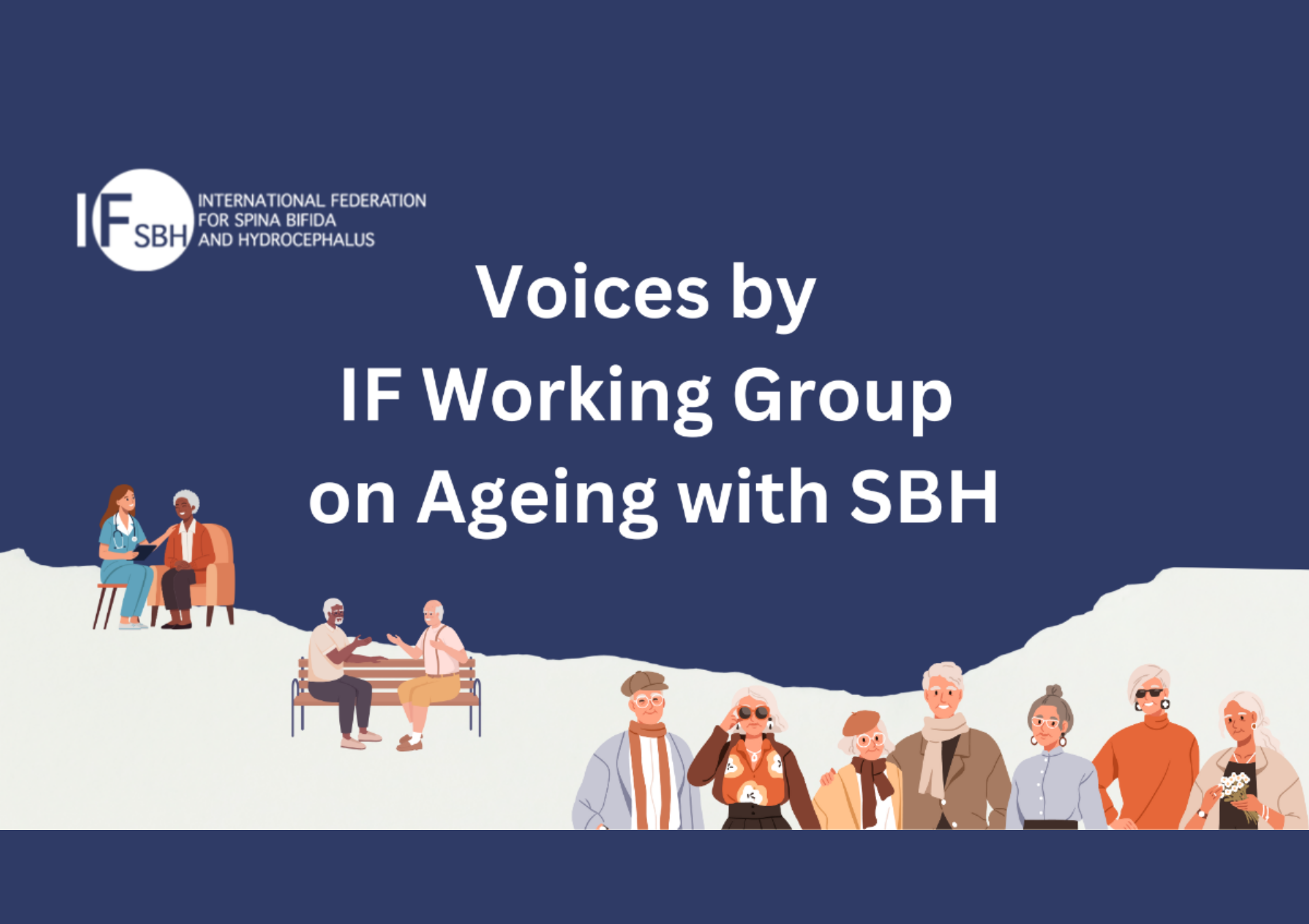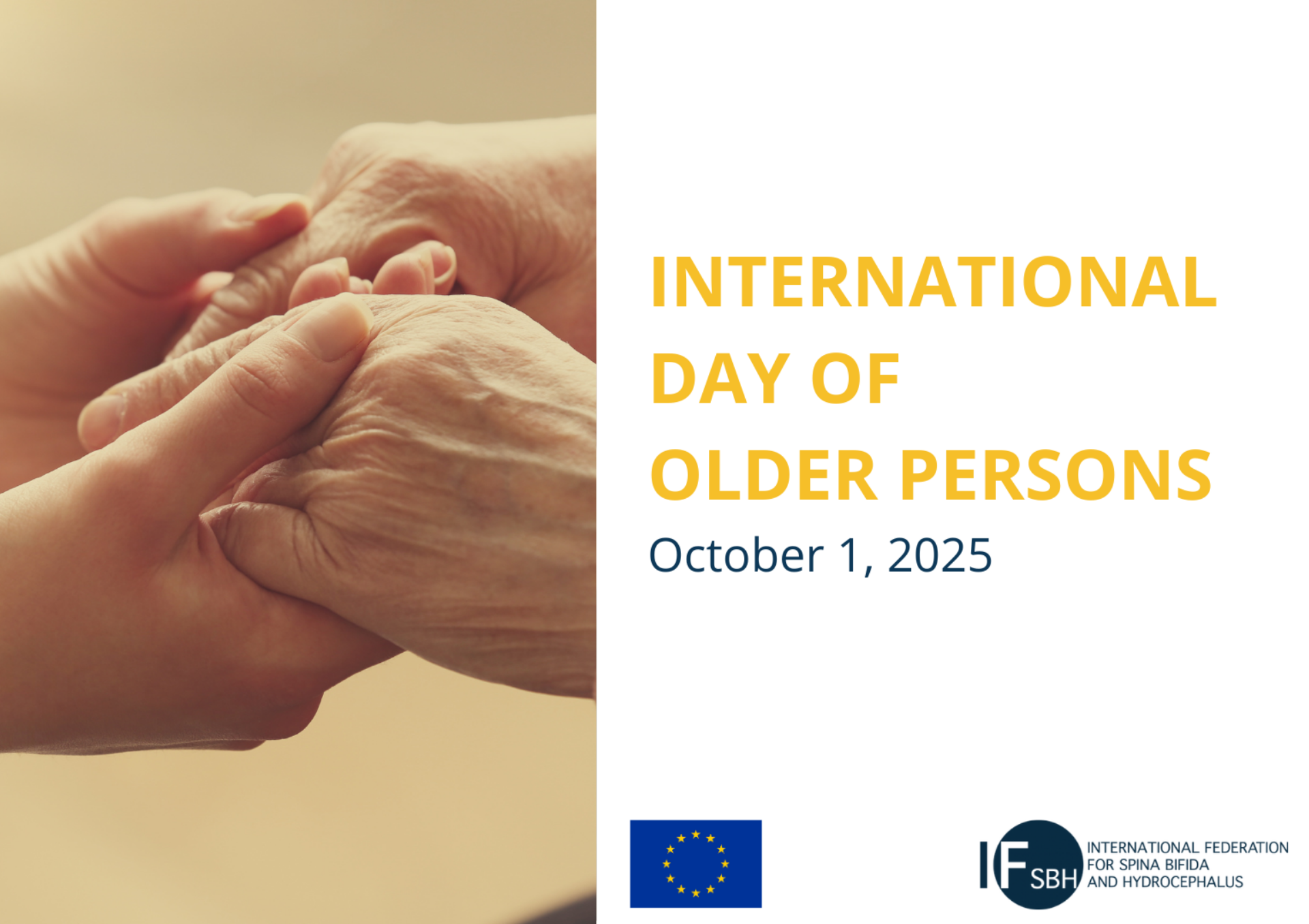The IF Working Group on Ageing published its report “Ageing With Spina Bifida and Hydrocephalus: An Overview of Best Practices Around the World”. This publication builds on those previously issued by the IF Working Group on Ageing of The International Federation for Spina Bifida and Hydrocephalus (IF) – ‘Ageing with Spina Bifida and Hydrocephalus – a Descriptive Analysis’ and ‘Ageing with Spina Bifida and Hydrocephalus – Findings from Online Focus Group Discussions’. Those publications described the problems faced by the ageing Spina Bifida and Hydrocephalus (SBH) community and put forward a series of recommendations as to how these could be addressed, directed at policy-makers, SBH associations and individuals.
Having described the problems associated with ageing with SBH in these reports, the IF Working Group on Ageing turned its attention to solutions. It was decided to interview IF Member Associations to identify best practices with respect to the needs and support for ageing with SBH from IF Member Associations, so that these could be explored and shared. Therefore, the study within this report aimed to gain deeper insights into what is happening on a country level, what are needs from older individuals with SBH and identify best practices by IF Member Associations around the world to support their ageing SBH community.
Ageing With Spina Bifida and Hydrocephalus: An Overview of Best Practices Around the World provides examples of how seven different SBH associations have responded to the challenges faced by the ageing SBH community in different countries. These include social isolation, mental health, employment and more holistic healthcare. It is truly international, with contributions from Africa, Asia and North America, as well as Europe. The chapters on each example not only describe what was done but also the outcomes and the lessons learned. Moreover, this report indicated that to address the challenge of becoming older for persons with SBH, it is not only the responsibility of SBH associations but also healthcare providers, researchers, policy makers, and other relevant actors. A set of recommendations were directed towards these target groups. The objective is to provide enough information for any interested SBH association to adapt an example for their own situation and then successfully implement it.
To sum up, this report demonstrates that there is a need to support the SBH community and strengthen specifically aspects important for the population of people ageing with SBH, across the world. It also demonstrates that these needs are being met in innovative and creative ways by different SBH associations around the world. The seven diverse examples of best practice from IF Member Associations described in this report can inspire other SBH associations.
Download the “Ageing With Spina Bifida and Hydrocephalus: An Overview of Best Practices Around the World” report here
Download the Executive Summary For the Report Ageing With Spina Bifida and Hydrocephalus: An Overview of Best Practices Around the World here.





